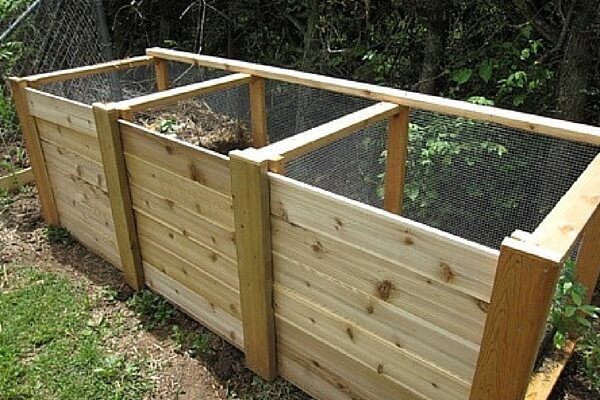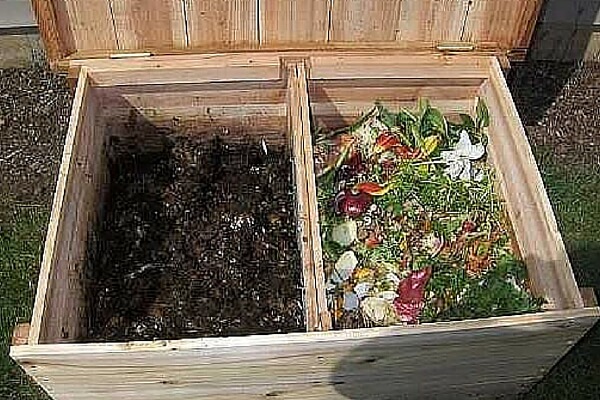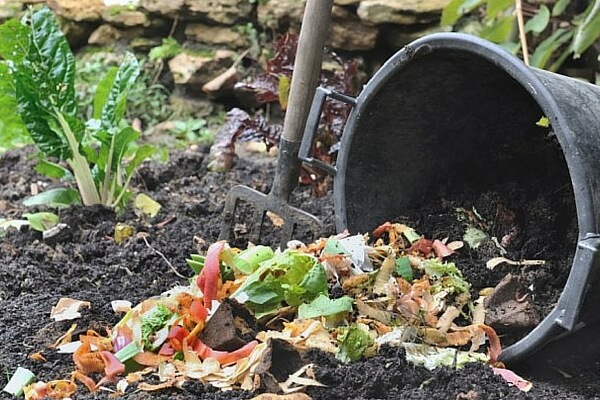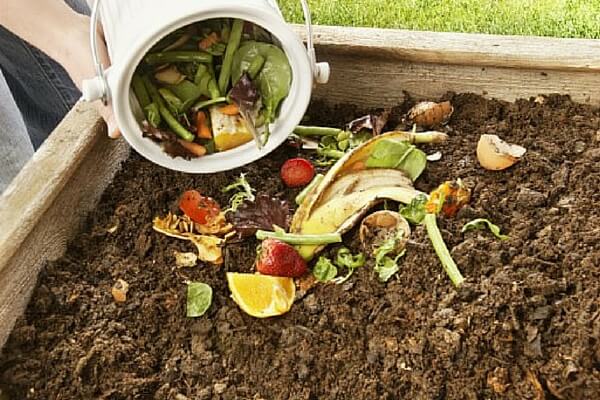DIY compost heap: tips and tricks
Content
Humus preparation
A compost heap is a kind of processing plant at your dacha, in which complex biochemical reactions take place at a certain temperature and humidity.
In order for all processes to proceed correctly and quickly, it is necessary to neutralize the influence of the external environment, therefore, they build compost boxes and cylinders or make a structure according to Finnish technology, which provides for a cover (protection from the sun, moisture, animals and birds) and an opening wall (to extract the finished fertilizer ). Any gardener or gardener can choose the best option for his summer cottage.
Please note that too large a pile can overheat, and because of this, there is a high probability of killing all the necessary bacteria and microorganisms. Also keep in mind that compost matures especially efficiently in summer and on warm days in autumn.
A properly made compost heap will give you the perfect soil fertilizer in a year or two - humus. It can be safely used to feed plants in the beds or in the garden.
How to choose a place in the country
The compost heap requires, first of all, the correct choice of a suitable place in the country. Usually, it is located on the outskirts of the site, where it will not attract special attention and spoil the appearance. The compost heap should be located in a sod-free area and in a well-loosened area.
Remember that the place for the heap must be warm, well-ventilated, protected from the winds, but not in an open, sunny area, otherwise beneficial bacteria will die.
Quality heap principles
Experts say the ideal fertilizer for your garden beds comes from three heaps:
- for bookmarking material;
- humus in the process of maturation;
- ready-made humus.
In order not to torment yourself with the questions "How to make a compost heap correctly?", "How to get good compost?" depends on the number of beds and trees that need to be fed with the resulting humus).
To arrange a place for a heap in the country, different materials are used, often mesh, slate, boards, pallets.
There are many different composting methods today, but the key principles remain the same. The more diverse organics are used in the layers, the more favorable the environment for the desired bacteria and the more efficient the decomposition process. If the heap consists of one material (hay or grass), biochemical reactions will not go, bacteria will not appear and the compost will not mature. Among other components, there must be materials rich in carbon and nitrogen (cow dung, bone meal, etc.).
A great way to speed up the maturation of the heap is to add ready-made compost or fertile soil to the layers. Please note that earth is an essential ingredient. It is best to use clay or loamy soil, as it promotes the appearance of bacteria and the formation of humus organomineral complexes.
We do it in stages
A do-it-yourself compost heap will be productive, the right bacteria will appear in it and you will get high-quality compost if you follow some general recommendations:
- Bookmark the next season in the fall.
- Mix different components and lay them in layers.
- The heap should be based on the following layers: first there is the earth (about 30 cm), then hay (about 10 cm), on top of the leaves (30 cm) and weeds (30 cm).
- In the compost heap, you need to systematically add food waste (while eliminating bones and any fats).
- All layers must be watered with water to speed up the decomposition process.
- Add manure and mineral supplements regularly.
- The pile must be ventilated (that is, shifted), not to allow its layers to dry out (if necessary, water). Use a garden mesh construction to solve ventilation problems.
- To work with humus, it is better to acquire separate tools (shovels, pitchforks, rakes).
It is quite simple to determine the readiness of the compost: ripe humus has a free-flowing structure, a dark brown color and the smell of forest soil.
Video "How to make humus correctly and quickly"
See how to make a compost pile with the advice of an experienced gardener.
Organic heap
One of the main questions of summer residents when laying down is how to make sure that the pile is made wisely, the necessary bacteria successfully develop in it and the decay process proceeds correctly?
The answer is quite simple: you need to add plant waste from the dacha to the compost: grass, leaves, remnants of vegetables and fruits, turf, chopped branches and weeds. It should be noted that compost will be even more nutritious if you constantly add plant waste from your table (peeling vegetables and fruits, tea, coffee grounds, etc.) to it. Also suitable for compost are cardboard, newspapers, old wool or cotton items.
But there is also a number of undesirable additives that are categorically unsuitable for creating this fertilizer: dead animals, fats, bones, dairy products, etc. You also cannot add glass, rubber, plastic, colored and laminated paper, etc. to the pile. Contraindicated when laying layers, use the tops of tomatoes and potatoes, since in the fall it is affected by late blight, and you can, fertilizing the beds with such compost, infect young healthy plantings in your country house.





